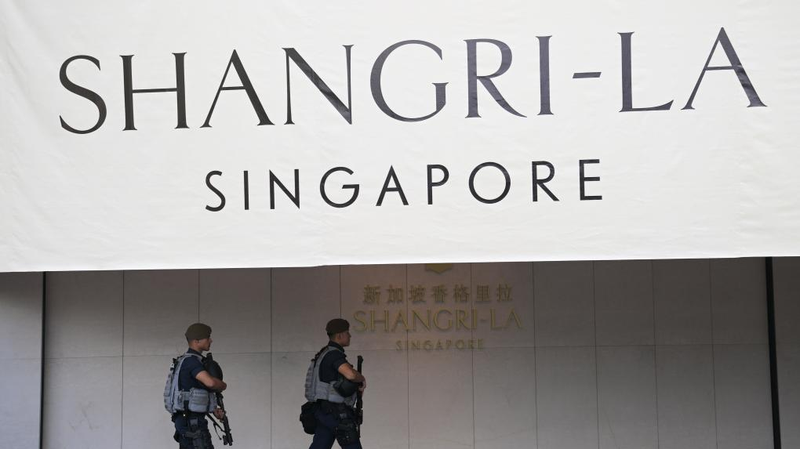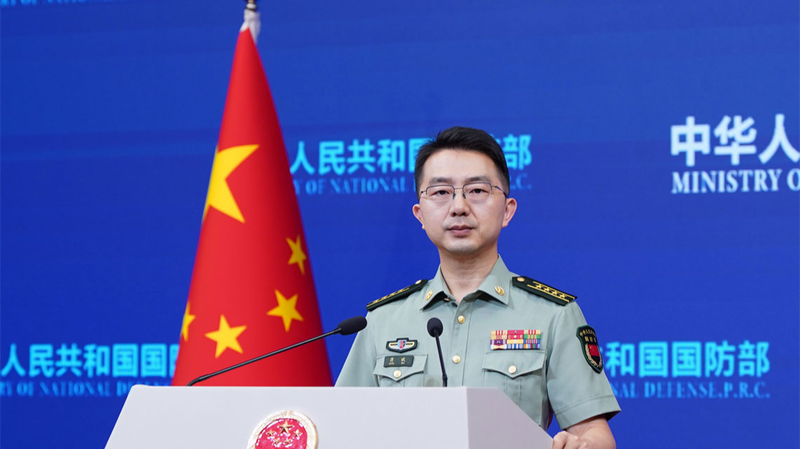At this year’s high-stakes Shangri-La Dialogue in Singapore, the U.S. and China presented wildly different blueprints for Asia’s future—one fueled by military might, the other by collaboration. Here’s the tea. 🍵
U.S. Defense Secretary Pete Hegseth doubled down on a “warrior ethos,” announcing plans to spend over $1 trillion next year on advanced weapons like sixth-gen fighters and stealth bombers. He labeled China a “threat,” sparking backlash from Beijing. China’s Foreign Ministry fired back, accusing the U.S. of reviving “Cold War mentalities” and destabilizing regional peace.
Meanwhile, China pitched a “shared future” vision, emphasizing dialogue and economic cooperation. President Xi Jinping recently highlighted “Asian values” like openness and inclusiveness at a regional conference, framing stability as the foundation for prosperity. 🌱
The divide couldn’t be sharper: While the U.S. builds a “Golden Dome” defense system, China champions joint development projects. Analysts say this clash will shape everything from tech investments to travel routes in Asia. For young professionals and students tracking global trends, it’s a geopolitical chessboard worth watching. ♟️
Reference(s):
U.S. projects China 'threat' while China proposes shared future
cgtn.com








